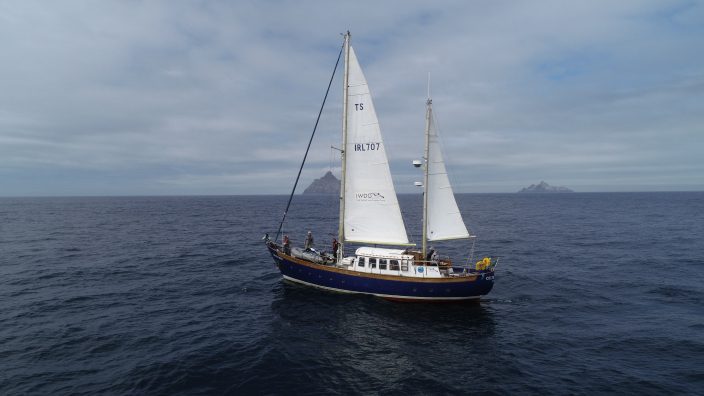WELFARE
Animal welfare is defined
as ‘the state of an animal
as it attempts to cope with
its environment’ [1].
![]()
[1] Fraser, D., and Broom, D.B. 1990. Farm Animal Behaviour and Welfare. CAB International, Wallingford, Oxon.
Whereas conservation focuses on cetaceans at a population level, welfare is focused on the needs and health of the individual animal. There are many factors affecting the welfare of cetaceans in their natural environment, some are natural, however many are due to human activities such as bycatch and entanglement, pollution (chemical, plastic, noise), overfishing and ship strikes.
Cetaceans are highly evolved, intelligent and sentient beings, and we regard their welfare with high importance. Thought to be among the most intelligent animals on the planet, they exist in highly organised and culturally diverse societies, and are capable of experiencing a range of sensations and emotions. Historically, human influence on cetaceans and cetacean populations has not been kind. Only now, are we beginning to understand the impacts of our activities, and the importance of implementing modern policy initiatives to improve cetacean welfare. More information on cetacean welfare can be found in our Cetacean Welfare Policy document
Live Strandings
A live stranding is a living animal that comes ashore and is unable to return to the sea, occurring in two forms; single strandings and mass strandings. Why cetaceans live strand remains a mystery, and even after investigation it is not always definitively possible to determine the reason behind it. Some causes of live strandings may be due to natural reasons and outside our control, while other causes can be greatly reduced or even eliminated through human actions.
Humane Euthanasia of Cetaceans for Veterinary Practitioners
In a live stranding where the animal(s) are not suitable candidates for refloating, it is important to have a vet with the skills necessary to identify if they should be euthanized and the various options available to vets and how to carry them out safely. This course was funded by the Department of Agriculture, Food and the Marine.
Bycatch and
Entanglement
Cetacean by-catch is the incidental capture of non-target cetacean species in fisheries resulting in serious injury or mortality. Accidental by-catch and entanglement present a serious threat to the welfare of individual cetaceans and species conservation worldwide, as well as other marine wildlife. It can occur in a variety of fishing gear, both active & passive i.e. lost or abandoned (ghost nets). Further research and effort into mitigating the incidences of bycatch and entanglement is needed. To firstly understand the causal factors, and secondly to begin to put measures in place to reduce these occurrences through cooperation with the fishing industry.
Underwater
Noise Pollution
There is increasing concern about the harmful effects of man-made noise (anthropogenic) on the marine environment and species within. While anthropogenic noise is not the only noise source in the marine environment, its level is increasing due to growth in commercial shipping, military activities geophysical surveys and inshore works.
Marine Debris
Increased presence of marine debris from anthropogenic (human) sources has become a widespread problem throughout the world’s oceans and poses a serious threat to marine wildlife & cetaceans alike.
Some examples are plastic bags and household packaging, plastic bottles, discarded fishing nets, cigarette butts, microplastics, & many more items too numerous to list.
Chemical Pollution
There are many sources of chemical pollution in the marine environment such as; industrial and operational discharges, domestic sewage and run-off, atmospheric fallout, spills at sea, mining discharges and agricultural runoff. Of most concern are organochlorine pesticides like DDT and dieldrin and industrial chemicals like polychlorinated biphenyls (PCB’s).





